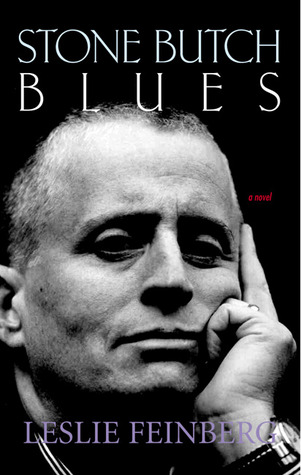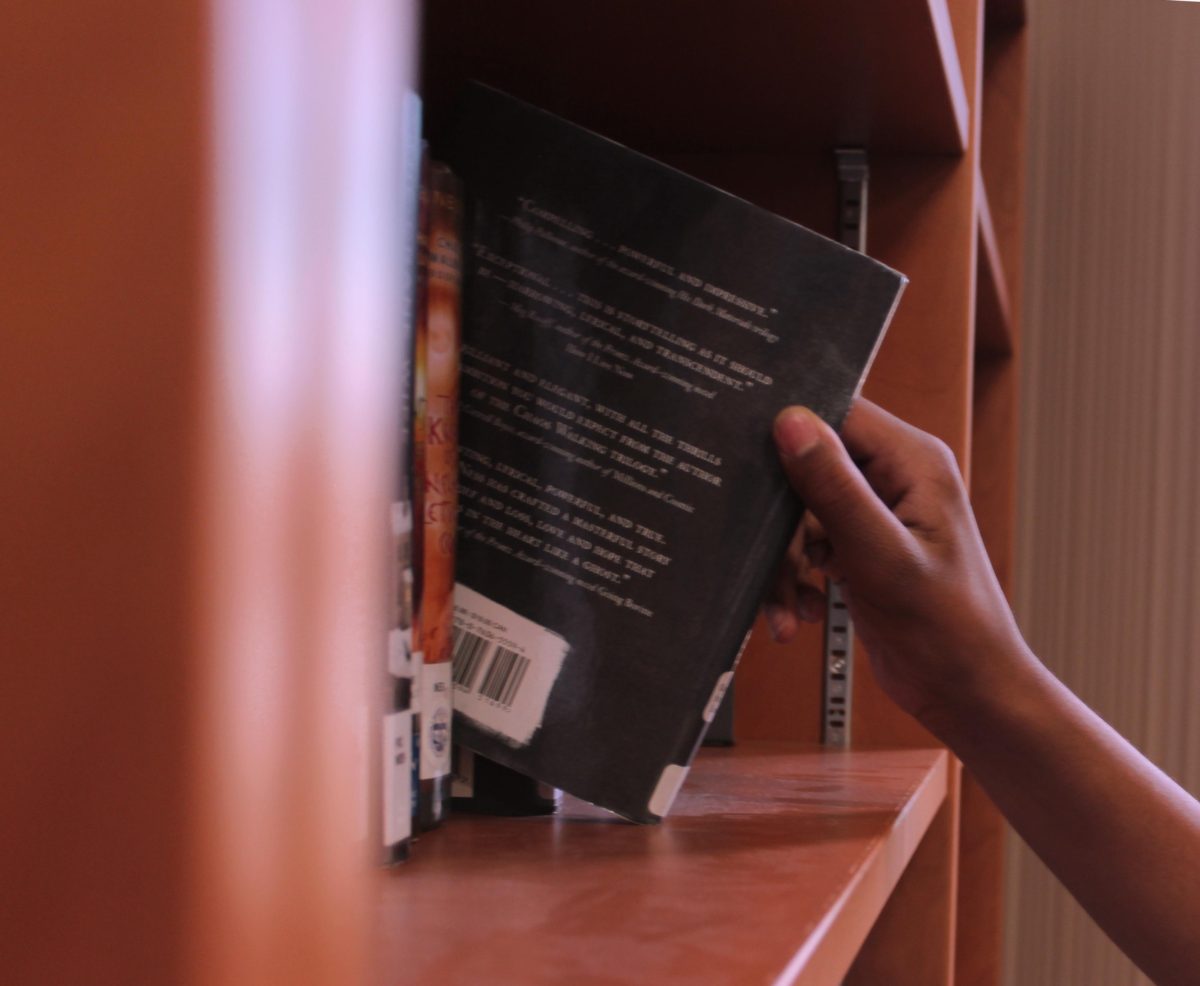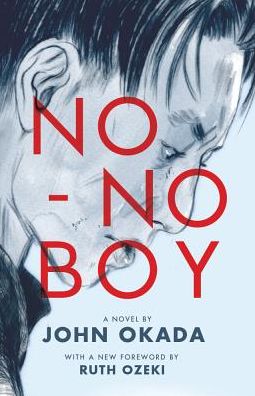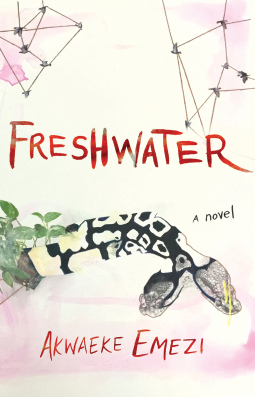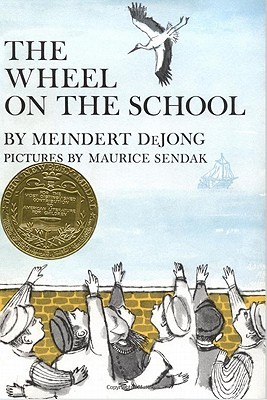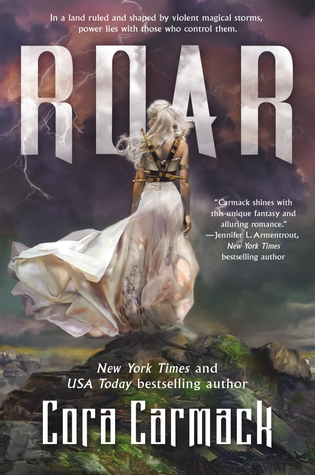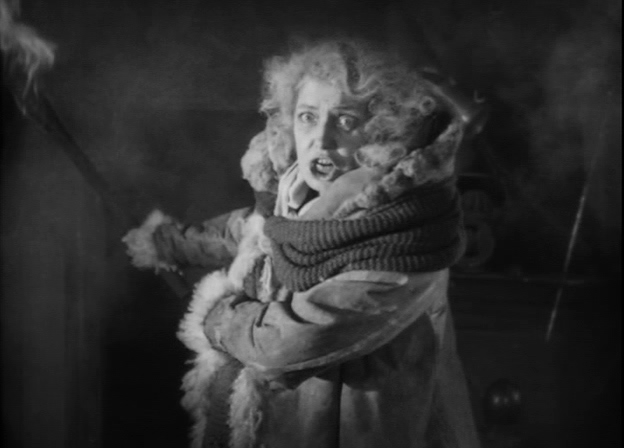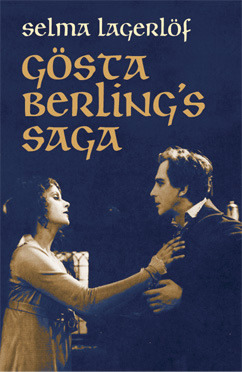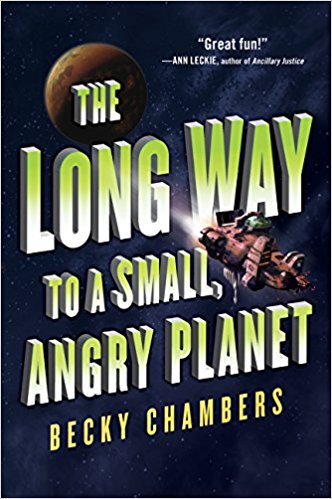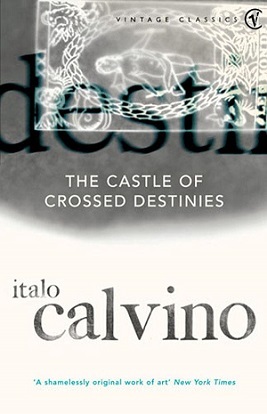The Facebook book club I mentioned in my last review also organizes a yearly book swap around New Year’s. My book swap partner in 2016 (going into 2017) was incredibly gracious and sent me not one but two books! One was Both Flesh and Not, which they sent based on the prodigious amounts of David Foster Wallace in my GoodReads, and one book they had really enjoyed during the year: Gillian Flynn’s Dark Places. I tore into Both Flesh and Not right away, but kept on putting off Dark Places. I don’t normally read thrillers (though I love mysteries, so go figure) and everything I knew about Gone Girl was so unappealing that I was afraid Dark Places would be more of the same.
I put off reading Dark Places for so long that it became eligible for my annual goal of “read one book that you’ve owned for over a year but never read,” and so in the absence of anything else left on that list (which also included Journal of a Solitude, Gösta Berling’s Saga, and Bödeln, among others), I finally picked it up on New Year’s and finished it within a few days.
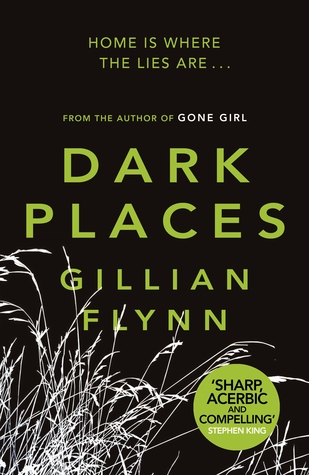
Author: Gillian Flynn
My GoodReads rating: 3 stars
Average GoodReads rating: 3.92 stars
Language scaling: B2+
Summary: As a child, Libby Day’s testimony helped put her brother away for the gruesome murders of her mother and sisters. Fresh out of money and still traumatized by the memory, Libby finally takes it upon herself to investigate what really happened that night at the behest of a group of armchair detectives who are obsessed with her case.
Content warning: Descriptions of violent, gruesome murders appear throughout, as well as a few scenes of a sexual nature; there’s also (dry, clinical) discussion of childhood sex abuse.
Recommended audience: Mystery and thriller fans; true crime fans (though it’s not a true crime novel, much of the story is centered around true crime enthusiasts); people interested in the “Satanic panic” that swept the US during the 80s; aspiring crime and thriller writers.
In-depth thoughts: Ultimately, I’m glad that I finally got around to reading Dark Places. I’m still not much of a thriller fan, but there’s a neat symmetry to the way that Flynn builds the story as it alternates between present-day and the day of the murder. It’s worth reading just for the structure alone, to see the way things are set up and subverted, to see how clues are revealed, to see how even small things turn up again in the end when you least expect them, to see how people can interpret the same events or scenes or scrap of evidence completely differently (sometimes tragically so). Dark Places is an excellent book to dissect if you’re writing your own story in a similar genre.

